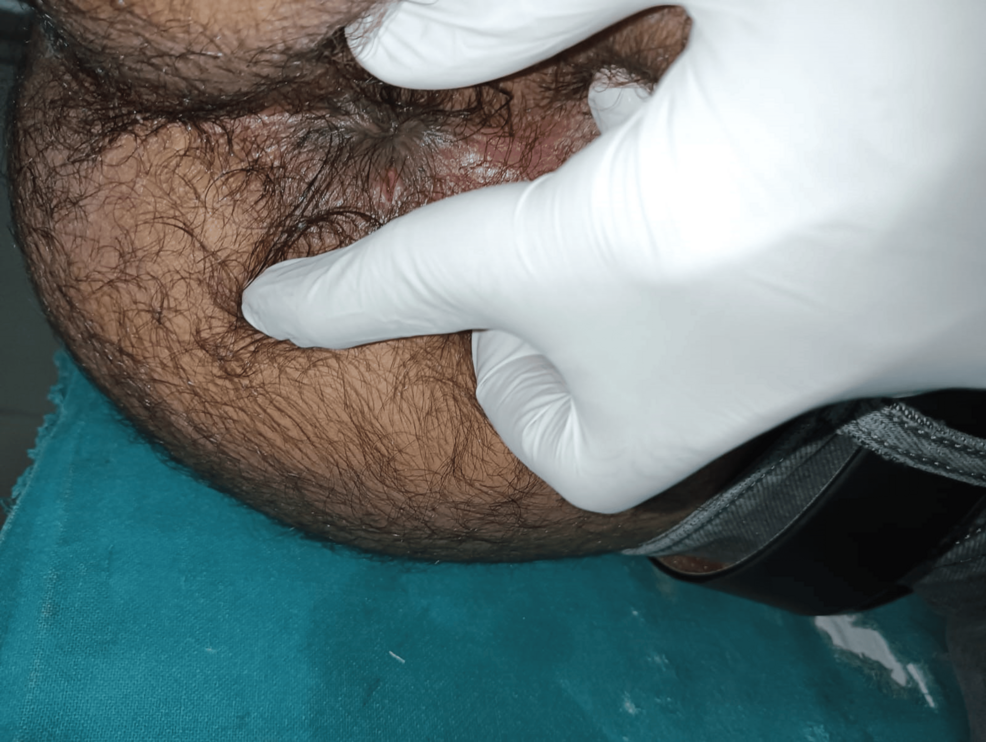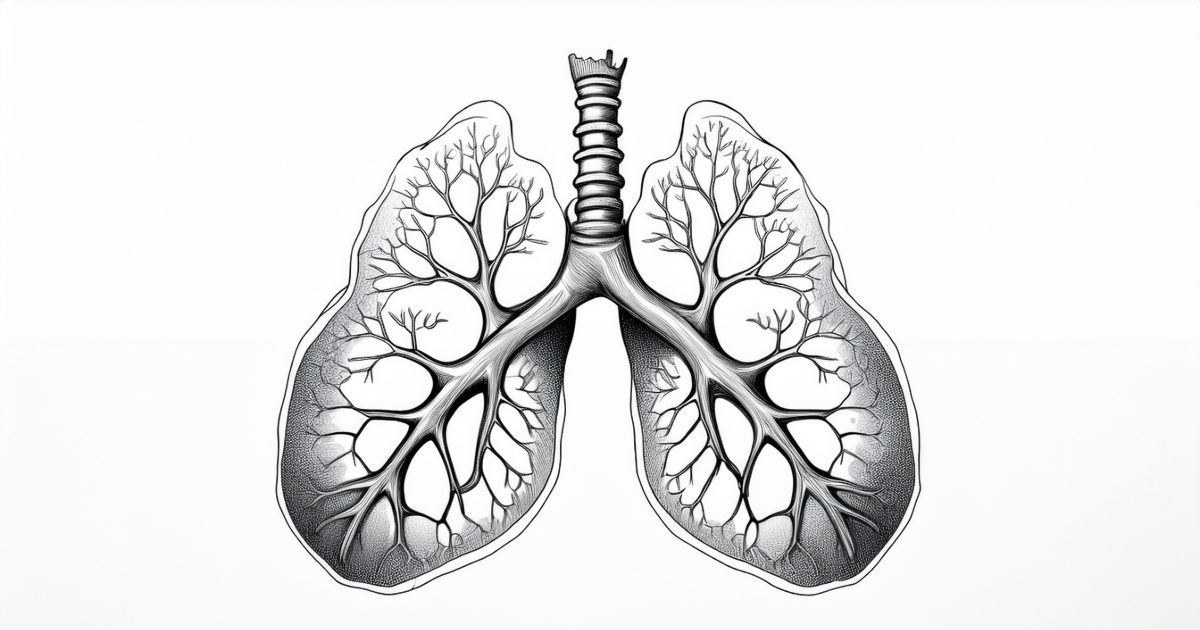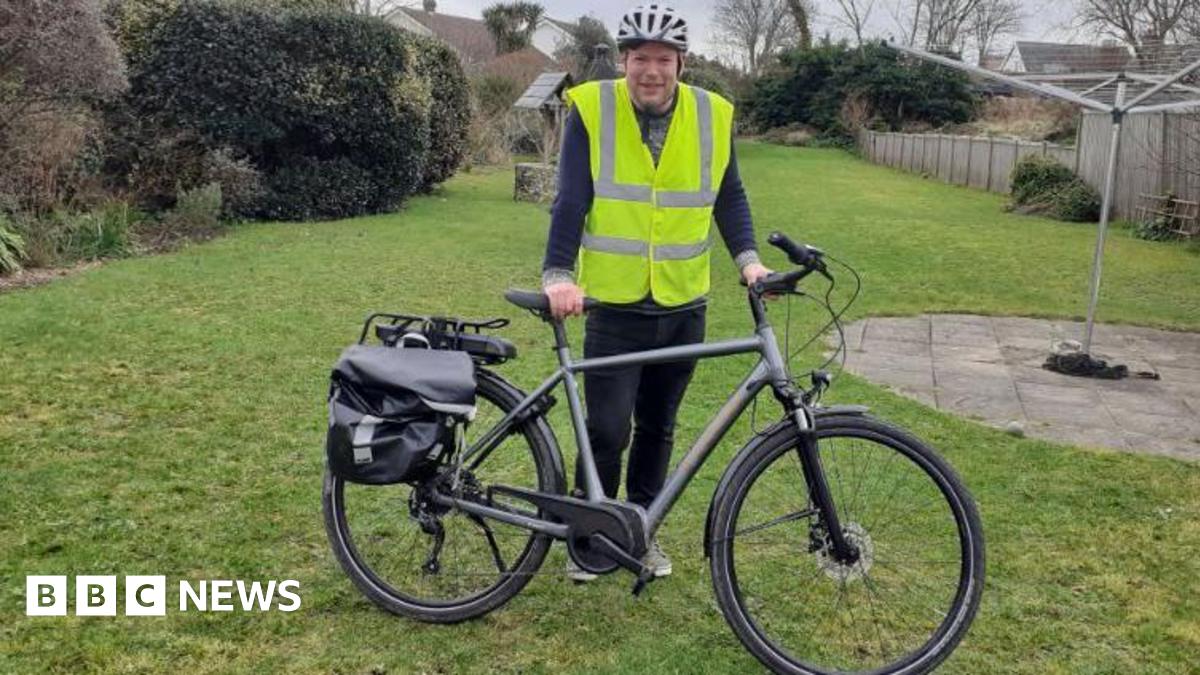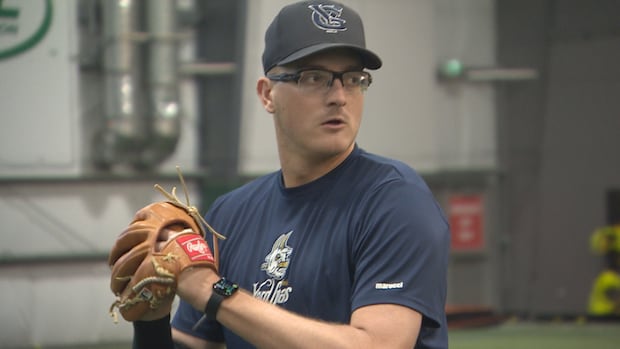Hyatt Regency Nha Trang Opens as the First Hyatt Hotel on Vietnam’s Vibrant South-Central Coast
The 434-room beachfront hotel offers elevated hospitality inspired by the region’s fishing heritage
CHICAGO (December 29, 2025) – Hyatt Hotels Corporation (NYSE: H) today announced the opening of Hyatt Regency Nha Trang, a beachfront retreat in the vibrant coastal city of south-central Vietnam. Set against scenic white sandy beaches and offering rich culinary experiences, the property marks a milestone in Hyatt’s expansion in Vietnam as the first Hyatt-branded hotel in Nha Trang.
Located along Tran Phu Street, one of Nha Trang’s most iconic avenues lined with pastel-colored houses and colonial-era architecture, the hotel offers guests a lively setting steeped in local charm. This seaside location draws both locals and travelers with its eclectic art galleries, shops and restaurants that celebrate Vietnam’s cultural heritage. Nha Trang has long been a favored beach destination for leisure travelers, and its thriving shipbuilding industry also attracts a growing number of business travelers. Hyatt Regency Nha Trang is conveniently located just five minutes by car from Nha Trang Train Station and approximately 40 minutes from Cam Ranh International Airport.
“At Hyatt Regency Nha Trang, we believe true hospitality begins with authenticity,” said Sean Yoon, General Manager of the hotel. “This property was designed not as a retreat from the destination, but as an immersive gateway into its stories, flavors, and spirit.”
Locally inspired design
The hotel structure rises like a boat sailing toward the ocean. Each of the 434 guestrooms and suites is a serene sanctuary designed to meet guest needs. Bathed in natural light, the rooms offer stunning ocean views while its interior brings a warm ambiance. Helmed by EDC INTERNATIONAL, the hotel’s interior design is inspired by the ocean and traditional fishing villages with soft natural palettes and handcrafted accents. Every detail has been thoughtfully curated for a seamless stay, from plush bedding and spacious layouts to rainfall showers and smart in-room technology.
Versatile Event & Meeting Spaces
The hotel features 8,428 square feet (783 square meters) of flexible meeting and event space across nine breakout rooms, including a striking pillarless Regency Ballroom. Whether for a corporate meeting, a private celebration or a regional conference, each gathering is met with care and a sense of place through local touches crafted by Nha Trang to add authenticity to every event experience.
Distinctive Dining Experiences
Hyatt Regency Nha Trang offers a diverse culinary journey led by Market Café, an all-day venue that marries traditional Vietnamese cuisine with Italian flavors, reflected in a bowl of steaming pho or a handmade pasta served with fresh Nha Trang seafood. Here, open kitchens showcase the chefs’ talents and enhance guests’ interaction.
Guests can enjoy a selection of cakes and indulge in afternoon tea in a refined setting at The Lounge, located beside the lobby on the fifth floor. On the 30th floor, the Pool Bar blends relaxation and indulgence with its refreshing cocktails, light coastal bites, and breathtaking views of the bay.
For those seeking exclusivity, the Regency Club lounge on the 31st floor provides elevated service including check-in services, daily breakfast, all-day refreshments, and evening cocktails with panoramic views over Nha Trang Bay.
Wellbeing, Family Fun and Coastal Wonder
Hyatt Regency Nha Trang embraces a holistic approach to wellness and recreation. From the serene Flo Spa and modern Fitness Center to the Yoga Room, sun-soaked pool, and family-friendly activity zone by the wading pool, every space is designed to restore balance and vitality. Nearby, Camp Hyatt offers meaningful activities for younger guests, inspired by the surrounding nature and local culture.
A Destination to Remember
Long known for its natural beauty and cultural richness, Vietnam’s south-central coast is experiencing a renaissance in thoughtful travel. Hyatt Regency Nha Trang provides an open invitation, inviting guests to slow down, reconnect, and make memorable experiences.
Be More Rewarded
Be among the first to experience Hyatt Regency Nha Trang with a special Opening Offer. Guests who book a qualifying stay can delight in 20% savings on the Best Available Rate, and an additional 5% savings for World of Hyatt members, plus extra exclusive benefits, including:
- Daily buffet breakfast for 2 adults and 2 kids under 12 years old with stay
- Customized welcome amenities in your room
- 20% savings on Food & Beverage throughout your stay (at participating outlets. Alcohol excluded)
- Late check-out until 4:00 PM when available
- Complimentary room upgrade to a higher category (subject to availability upon check-in)
Stay for two nights or longer to enjoy additional privileges on top of the above, including:
- F&B credit of VND 600,000 per room, per stay
- 30% savings on access to the exclusive Regency Club lounge on level 31
Valid for Stays: February 5, 2026 – August 31, 2026
Book By: January 28, 2026
Offer is valid at Hyatt Regency Nha Trang for qualifying reservations made by January 28, 2026 for stays from February 5, 2026 through August 31, 2026.
For information about the cancellation, refund and deposit policies associated with this offer, please see the information provided at time of booking. Member Rate discount and benefits are available only for World of Hyatt members in good standing at time of booking and stay. Discount percent, if listed, applies to room rate only, and represents a discount off the Standard Rate. Reservations subject to availability. Offer only available for a limited time, while shown as available on the applicable Hyatt website. Offer only available if booked as directed by requesting the then-available offer (if any); any limitations or restrictions included in the published offer shall apply, including but not limited to, any limitations or restrictions regarding parking or breakfast. Offer not valid with groups, conventions, other promotional offers, tour packages or special rate programs. Rate is per room, per night, based on double occupancy unless otherwise noted and excludes, unless specifically noted, service charges, mandatory resort fees, applicable taxes and other incidental expenses. Additional charges may apply for additional guests or room type upgrades. Offer not valid in conjunction with previously booked or held stays and may not be combined with other offers, promotions, or discounts, except as expressly stated. Not redeemable for cash or other substitutions. Any unauthorized transfer, sale, distribution or reproduction constitutes fraud. Member rate discount and benefits may include complimentary daily breakfast and food and beverage credit with qualifying stay for registered guests. Breakfast is provided in the morning following each night of a stay. Breakfast hours are limited. Breakfast benefit is not valid for in-room dining.
This offer may be altered or withdrawn at any time without notice. Where required, an alternate offer of similar value will be offered. Void where prohibited by law. The trademarks Hyatt®, World of Hyatt® and all related marks are trademarks of Hyatt Corporation or its affiliates. ©2025 Hyatt International Corporation. All rights reserved.
Exclusively for World of Hyatt members, earn 500 Bonus Points for qualifying nights at Hyatt Regency Nha Trang from the hotel’s opening through March 31, 2026, as part of World of Hyatt’s New Hotel Member Offer. Additional participating hotels, their offer stay periods, and full offer terms can be found at worldofhyatt.com/newhotelbonus. No registration is required, and members can earn on top of other offers.
For more information or to book a reservation, please visit www.hyattregencynhatrang.com
The term “Hyatt” is used in this release for convenience to refer to Hyatt Hotels Corporation and/or one or more of its affiliates.
About Hyatt Hotels Corporation
Hyatt Hotels Corporation, headquartered in Chicago, is a leading global hospitality company guided by its purpose – to care for people so they can be their best. As of September 30, 2025, the Company’s portfolio included more than 1,450 hotels and all-inclusive properties in 82 countries across six continents. The Company’s offering includes brands in the Luxury Portfolio, including Park Hyatt®, Alila®, Miraval®, Impression by Secrets, and The Unbound Collection by Hyatt®; the Lifestyle Portfolio, including Andaz®, Thompson Hotels®, The Standard®, Dream® Hotels, The StandardX, Breathless Resorts & Spas®, JdV by Hyatt®, Bunkhouse® Hotels, and Me and All Hotels; the Inclusive Collection, including Zoëtry® Wellness & Spa Resorts, Hyatt Ziva®, Hyatt Zilara®, Secrets® Resorts & Spas, Dreams® Resorts & Spas, Hyatt Vivid® Hotels & Resorts, Sunscape® Resorts & Spas, Alua Hotels & Resorts®, and Bahia Principe Hotels & Resorts; the Classics Portfolio, including Grand Hyatt®, Hyatt Regency®, Destination by Hyatt®, Hyatt Centric®, Hyatt Vacation Club®, and Hyatt®; and the Essentials Portfolio, including Caption by Hyatt®, Unscripted by Hyatt, Hyatt Place®, Hyatt House®, Hyatt Studios®, Hyatt Select, and UrCove. Subsidiaries of the Company operate the World of Hyatt® loyalty program, ALG Vacations®, Mr & Mrs Smith, Unlimited Vacation Club®, Amstar® DMC destination management services, and Trisept Solutions® technology services. For more information, please visit www.hyatt.com.
About Hyatt Regency
The Hyatt Regency brand is a global collection of hotels and resorts found in more than 235 locations in over 50 countries around the world. The depth and breadth of this diverse portfolio, from expansive resorts to urban city centers, is a testament to the brand’s evolutionary spirit. For more than 50 years, the Hyatt Regency brand has championed fresh perspectives and enriching experiences, while its forward-thinking philosophy provides guests with inviting spaces that bring people together and foster a spirit of community. As a hospitality original, Hyatt Regency hotels and resorts are founded on openness – our colleagues consistently serve with open minds and open hearts to deliver unforgettable celebrations, effortless relaxation and notable culinary experiences alongside expert meetings and technology-enabled collaboration. The brand prides itself on an everlasting reputation for insightful care – one that welcomes all people across all countries and cultures, generation after generation. For more information, please visit hyattregency.com. Follow @HyattRegency on Facebook, X and Instagram, and tag photos with #HyattRegency.
Forward-Looking Statements
Forward-Looking Statements in this press release, which are not historical facts, are forward-looking statements within the meaning of the Private Securities Litigation Reform Act of 1995. Our actual results, performance or achievements may differ materially from those expressed or implied by these forward-looking statements. In some cases, you can identify forward-looking statements by the use of words such as “may,” “could,” “expect,” “intend,” “plan,” “seek,” “anticipate,” “believe,” “estimate,” “predict,” “potential,” “continue,” “likely,” “will,” “would” and variations of these terms and similar expressions, or the negative of these terms or similar expressions. Such forward-looking statements are necessarily based upon estimates and assumptions that, while considered reasonable by us and our management, are inherently uncertain. Factors that may cause actual results to differ materially from current expectations include, but are not limited to: general economic uncertainty in key global markets and a worsening of global economic conditions or low levels of economic growth; the rate and pace of economic recovery following economic downturns; global supply chain constraints and interruptions, rising costs of construction-related labor and materials, and increases in costs due to inflation or other factors that may not be fully offset by increases in revenues in our business; risks affecting the luxury, resort, and all-inclusive lodging segments; levels of spending in business, leisure, and group segments, as well as consumer confidence; declines in occupancy and average daily rate; limited visibility with respect to future bookings; loss of key personnel; domestic and international political and geopolitical conditions, including political or civil unrest or changes in trade policy; the impact of global tariff policies or regulations; hostilities, or fear of hostilities, including future terrorist attacks, that affect travel; travel-related accidents; natural or man-made disasters, weather and climate-related events, such as hurricanes, earthquakes, tsunamis, tornadoes, droughts, floods, wildfires, oil spills, nuclear incidents, and global outbreaks of pandemics or contagious diseases, or fear of such outbreaks; our ability to successfully achieve specified levels of operating profits at hotels that have performance tests or guarantees in favor of our third-party owners; the impact of hotel renovations and redevelopments; risks associated with our capital allocation plans, share repurchase program, and dividend payments, including a reduction in, or elimination or suspension of, repurchase activity or dividend payments; the seasonal and cyclical nature of the real estate and hospitality businesses; changes in distribution arrangements, such as through internet travel intermediaries;
changes in the tastes and preferences of our customers; relationships with colleagues and labor unions and changes in labor laws; the financial condition of, and our relationships with, third-party owners, franchisees, and hospitality venture partners; the possible inability of third-party owners, franchisees, or development partners to access the capital necessary to fund current operations or implement our plans for growth; risks associated with potential acquisitions and dispositions and our ability to successfully integrate completed acquisitions with existing operations or realize anticipated synergies; failure to successfully complete proposed transactions, including the failure to satisfy closing conditions or obtain required approvals; our ability to successfully complete dispositions of certain of our owned real estate assets within targeted timeframes and at expected values; our ability to maintain effective internal control over financial reporting and disclosure controls and procedures; declines in the value of our real estate assets; unforeseen terminations of our management and hotel services agreements or franchise agreements; changes in federal, state, local, or foreign tax law; increases in interest rates, wages, and other operating costs; foreign exchange rate fluctuations or currency restructurings; risks associated with the introduction of new brand concepts, including lack of acceptance of new brands or innovation; general volatility of the capital markets and our ability to access such markets; changes in the competitive environment in our industry, industry consolidation, and the markets where we operate; our ability to successfully grow the World of Hyatt loyalty program and manage the Unlimited Vacation Club paid membership program; cyber incidents and information technology failures; outcomes of legal or administrative proceedings; and violations of regulations or laws related to our franchising business and licensing businesses and our international operations; and other risks discussed in the Company’s filings with the U.S. Securities and Exchange Commission (“SEC”), including our annual report on Form 10-K and our Quarterly Reports on Form 10-Q, which filings are available from the SEC. These factors are not necessarily all of the important factors that could cause our actual results, performance or achievements to differ materially from those expressed in or implied by any of our forward-looking statements. We caution you not to place undue reliance on any forward-looking statements, which are made only as of the date of this press release. We undertake no obligation to update publicly any of these forward-looking statements to reflect actual results, new information or future events, changes in assumptions or changes in other factors affecting forward-looking statements, except to the extent required by applicable law. If we update one or more forward-looking statements, no inference should be drawn that we will make additional updates with respect to those or other forward-looking statements.
Media Contacts:
Renee Yeung
Hyatt ASPAC
Renee.yeung@hyatt.com
Gloria Kennett
Hyatt – Global Brand PR
Gloria.kennett@hyatt.com
Kay Hoang
Hyatt Regency Nha Trang
Ha.hoang@hyatt.com








